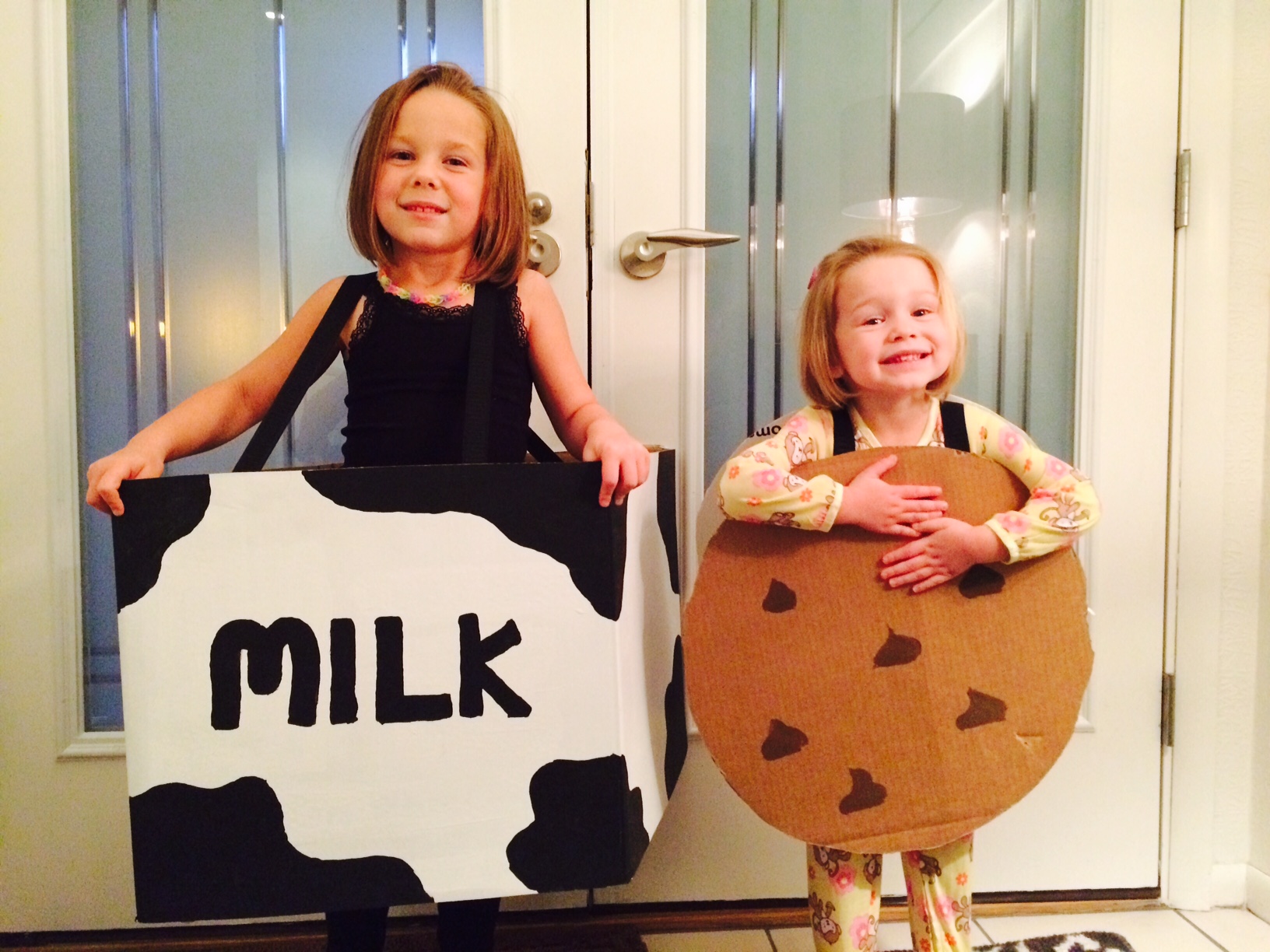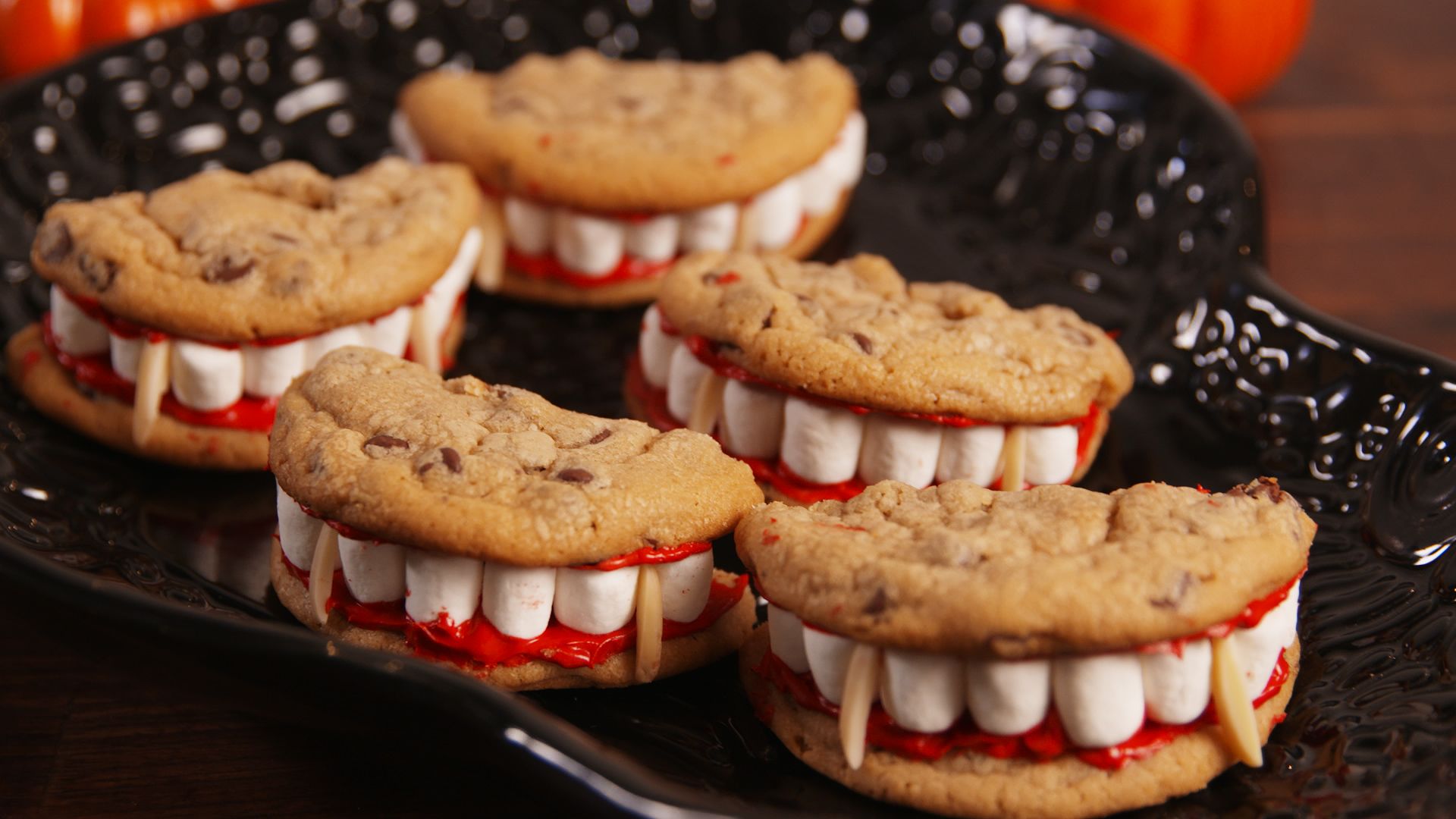Here’s A Few Tips For Enjoying A More Sustainable Night Of Trick Or Treats
Halloween: sweets; skeletons; screams.
And did we mention sweets?
All of which, in modern day living, tend to come accompanied in some way, shape or form, by the usual blight of our modern times: plastic.
But reducing your plastic impact this Halloween doesn’t have to be hard or even lessen the fun. It might even add to your participation and enjoyment of this most unique of celebrations.
Here are some tips on how to get started:
Craft your own polymer free Halloween outfit!
Halloween costumes bought at the local mega-retailer, though appealing in their ready-made completeness, have very little longevity. They are often made of plastic-based polymers that will never biodegrade and that shed microplastics into the water supply when washed. Of course, most of these typical store-bought Halloween costumes have a one-night-of-celebrations shelf life, and therefore end up in landfill shortly after the festivities are over. In the United Kingdom alone, for example, it is estimated by UK-based charity Hubbub that 2,000 tonnes of plastic waste are generated annually from Halloween costumes alone.

Homemade Halloween costumes will put a smile on anybody.
So this Halloween, consider instead shopping second hand for an outfit, or – better yet – repurpose clothing you have at home to create a plastic-free costume. It is easy to do, especially with a little help from the internet (check out some Pinterest boards!). Plus, your costume will certainly have the stamp of originality. Leave the skeleton behind this year and consider making yourself a horror scarecrow, or the long haired lady dressed in black from The Ring that crawls out of your television! These two and many more are easily imagined up from existing home clothes and materials, and always more original as a result.
Trick or Treat?
Though we all have fond memories of overloading on sugar in the days following Halloween with a basket full of sweets, it is unlikely that we thought about the impact of our treats beyond the effect the sugar was having on our teeth. The majority of Halloween sweets sold in supermarkets across the globe are riddled with unfriendly chemicals and sugars, and are packaged in single-use plastic which is difficult to repurpose. Thus, they either end up in a landfill, or as litter that finds its way to our oceans, lakes, rivers, parks, roadsides, and other environments. Before long, those that do become plastic pollution will deteriorate into harmful microplastics, which have a detrimental effect on the health of marine and terrestrial ecosystems, as well as on the human body.
There are a number of easy recipes for delicious sweet treats which contain healthier ingredients – many of which can be sourced without plastic in zero-waste stores or even your local mainstream market. And yes, they will still leave a big grin on the faces of your local trick or treating troupe. More to the point, the collective (and probably anarchic) act of baking with children or friends and family is a great way to get in the Halloween mood (leave sharp knives under lock and key in case tempers fray!).

Homemade Halloween treats are far more fun and interesting than plastic-wrapped sweets!
Pumpkin brownies, decorated cupcakes, and cookies, for instance, are all easy to batch-cook, are great fun for children to get involved with, and can be wrapped in brown paper, or a similar biodegradable packaging to safely hand out on the night of Halloween. If you or your children are trick or treating, take a tupperware or similar container on your neighbourhood stroll, so that you can refuse packaging altogether.
Jack O’ Lanterns
Purported to derive from strange flickering lights over peat and bogland in determinedly spooky rural Ireland, nowadays the name Jack O’ Lantern conjures images of candles dancing inside bright orange carved pumpkins.
These days, however, many of these are store-bought plastic representations of the real thing, but the truth is that the pumpkin and its derivatives are an incredibly versatile vegetable which can be used to make tasty winter soups or be used as a taste addition in many other recipes. Just google “tasty pumpkin recipes” to get overloaded with ideas.
It is estimated that a quarter of the British population will purchase a pumpkin for Halloween this year, which totals to a whopping £25 million spent in Britain alone on the iconic Halloween vegetable. In the United States, the pumpkin purchase figure creeps into the billions, the vast majority of which are bought for carving.

Here’s a creative way to repurpose something into a forever decorative pumpkin.
Additionally, pumpkin seeds can be washed and dried out, and then replanted next spring – the plant grows big but only needs a small root system so it can even be grown in a medium sized pot, meaning that next year, you can carve a pumpkin grown in your own garden!
Also, rethink using those plastic Jack O’Lanterns as a bucket to collect your treats while you walk door to door. Instead, use a reusable bag or pouch, which are readily available with a Halloween theme. Better yet, repurpose something that you have in your home. Pillowcases used to be the norm, so why can’t they be again?!?
The final, and arguably the most important, part of reducing the impact of your Halloween celebrations is a change in perspective. It can be easy to get swept away by the veritable tide of easy-access products in stores, but by taking a moment to consider the origins and the destinations of each of the items on the shelf, as well as your own individual power to make a difference, it is simple to pick an alternative route – and have a lot of fun on the journey by co-opting others to participate.
A change in mindset will make reducing your plastic footprint this Halloween – and year round – an effortless and fulfilling task, and means you can keep the scary stories in the realm of fiction, where they belong.
For more creative ideas on how to reduce plastic waste this Halloween, check out the following links:
Shannon Collins is based in the Americas and covers environment and sustainability for a variety of publications as part of the journalism team at Ninth Wave Global.

Trackback: slot gacor hari ini
Trackback: dk7
Trackback: best hotels in Europe
Trackback: ตรวจหวยรัฐบาล กับ เว็บหวยออนไลน์เว็บตรง อย่าง LSM99live
Trackback: แนะนำเกมเข้าใหม่ SLOT NEW
Trackback: cams
Trackback: highbay
Trackback: ไฟหน้ารถยนต์โปรเจคเตอร์